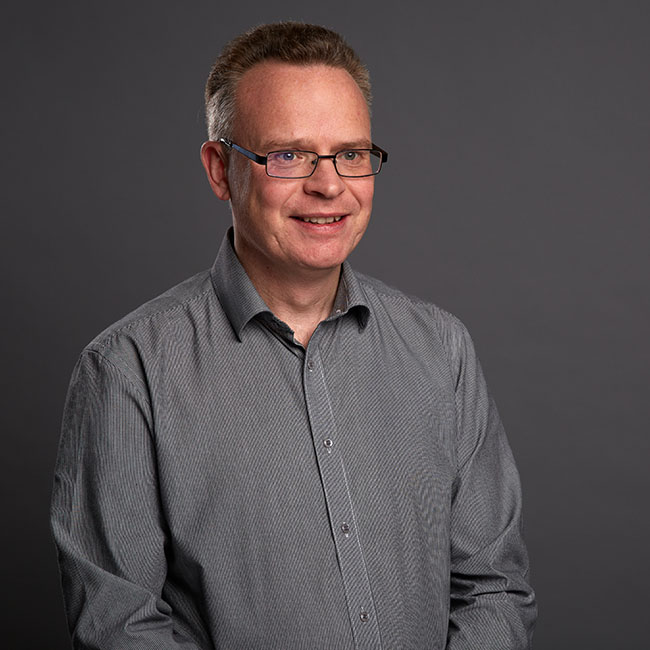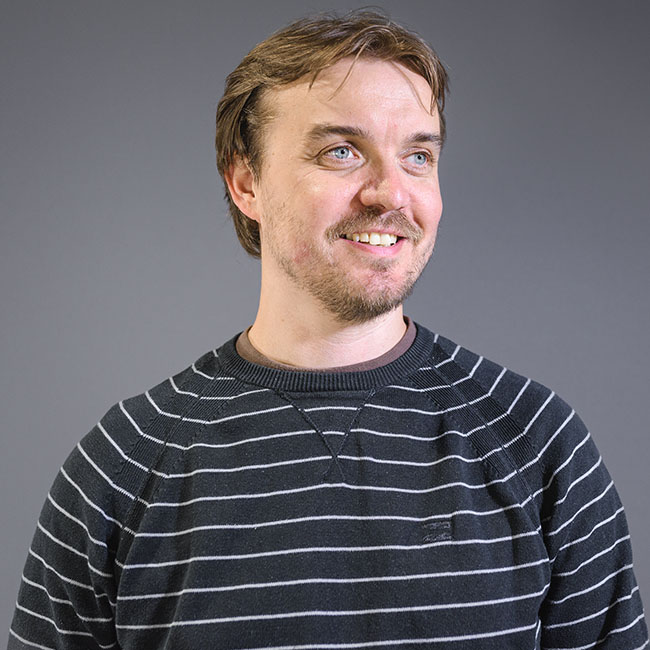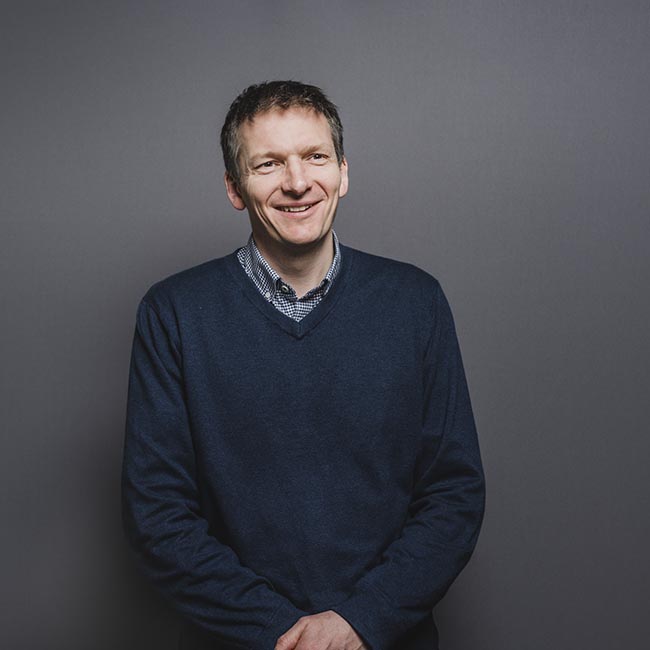Infected chronic wounds represent one of the biggest challenges to healthcare systems because they are difficult to heal and consequently expensive to treat. In the UK there are approximately 200,000 individuals suffering from a chronic wound (mostly leg ulcers, pressure ulcers, and diabetic foot ulcers) at any one time. The annual direct cost to the NHS of caring for patients with chronic wounds is estimated to be to about £4 billion. The most severe ulcers are difficult to treat and can lead to life-threatening infections and sepsis; UK government statistics for 2011 showed bed sores to be a contributory factor in almost 800 patient deaths. Furthermore, with an aging population and rapidly increasing incidence of diabetes, the number of people suffering from infected chronic wounds and the consequent cost to the NHS are set to increase still further.
Treatment of infected wounds is challenging, the most common treatment being the topical application of an antimicrobial agent called a biocide, or a dressing containing a biocide, which exert a broad spectrum of non-selective antibacterial action. Recent years have seen significant advances in the development of new materials for wound dressings including topical antimicrobial gels and solutions often based on nano-silver. However, studies indicate that nano-silver, which has a cost premium, may have limited clinical benefit and may actually be toxic. Many of the current antimicrobial gels and solutions do not offer prolonged activity against a broad range of pathogens and therefore require frequent changes which is a logistical and costly drain on healthcare providers and is often stressful for the patient.
The SHU team, known as CROWD, have invented a new material, that can deliver sustained release of a biocide. Many of the commercially available dressings deposit a high initial dose of biocide followed by a rapid falling-off; sustained release of the biocide over a prolonged period of time would be a significant improvement since this would minimise the number of treatments required, speeding-up the healing process and reducing inconvenience to the patient.
Some of the funds the CROWD team have obtained will be used to produce a prototype wound dressing and attract external funding that will enable the team to get their material in to clinical practice. The remainder will be used to carryout further testing. Perhaps surprisingly given the prevalence of chronic wounds in society and the cost to the NHS, very little work has been done to compare the effectiveness of different antimicrobial dressings against different types of wound-bacteria. This lack of knowledge stems, in part, because wound dressings are classed as medical devices rather than pharmaceuticals and so require a much lower level of clinical trial data before they can be marketed. The CROWD team are aiming to develop model, multi-bacteria, biofilms which replicate the bacteria present in wounds and which can be used to evaluate new wound dressing materials more effectively.




